MONDAY, SEPTEMBER 28, 2020 – ARTIST, SCULPTOR, MOSAIC MASTER


Monday, September 28, 2020
Our 168th Edition
HILDRETH MEIERE
ARTIST EXTRAORDINAIRE
IN MOSAICS

Biography
Wikipedia
Hildreth Meière was born in New York City in 1892. After studying at New York’s Manhattanville College of the Sacred Heart, Meiere studied in Florence. Upon studying the works of the Renaissance Masters, she is quoted as saying, “After that I could not be satisfied with anything less than a big wall to paint on. I just had to be a mural painter.” She furthered her studies at the Art Students League of New York, California School of Fine Arts, San Francisco (now San Francisco Art Institute), the School of the Art Institute of Chicago, New York School of Applied Design for Women and the Beaux Arts Institute of Design.
After training as a mapmaker, Meière served her country as a draftsman in the U.S. Navy during World War I. Finding work in a male-dominated field was difficult for her, so she began her career as a costume designer for theater actresses, a field more common for women at the time.
In 1923 she was commissioned to decorate the dome of the National Academy of Sciences in Washington, D.C. by architect Bertram Grosvenor Goodhue. Meiere and sculptor Lee Lawrie became members of the loose “repertory company” of artists assembled by Goodhue, and she came to work on many different projects with him.
One of these, the Nebraska State Capitol in Lincoln, which she began before the NAS dome was even completed, became her pièce de résistance featuring eight separate examples of her work
During Meiere’s successful career, spanning 30 years and working on over 100 commissions, she became well known for contributing well-integrated public art mosaics to many landmark buildings and is most closely associated with the Art Deco movement.
Some of Meiere’s best work is visible throughout her hometown of Manhattan, although reportedly she was proudest of her work on the Nebraska State Capitol.
*When World War II broke out, Meiere served on the Citizen’s Committee for the Army and Navy, providing portable altar pieces for military chaplains. This campaign created over 500 mobile 4 ft × 6 ft (1.2 m × 1.8 m) triptychs, 70 of her own design which could be used on base-camps, battleships, and hospitals worldwide.
She taught first aid for the Red Cross after the US entered World War II.[6] Asked how to say her name, she told The Literary Digest (which spelled the name Meière) “It is of French origin and I pronounce it mee-AIR. My father’s family anglicized the pronunciation to meer, but I have always used the more proper form.”

*Two examples of portable altarpieces created for military chaplains.

NEBRASKA STATE CAPITOL
Architect Bertram Grosvenor Goodhue (1869-1924) commissioned the young Hildreth Meière to decorate his yet unfinished Nebraska State Capitol and had approved her preliminary designs for the vestibule dome at the north entrance before his death in 1924.1 Meière continued to work with his successor firm, Bertram Goodhue Associates, later Mayers, Murray, & Phillip, on eight separate decorative commissions at the capitol in a variety of mediums.
The capitol was built and decorated in four stages around an earlier capitol building between 1922 and 1932 to save the cost of relocating workers to temporary offices during construction. The vestibule inside the north entrance of the cruciform building was built during the first phase of construction (1922-24). The foyer, rotunda and dome, and Senate Chamber were built during the second phase (1925-28). The tower was added to the rotunda during the third phase (1928-30). The west-center section of the capitol, including the House of Representatives, was completed during the fourth phase (1930-32).

By the time the capitol was complete, Meière had decorated the domes of the vestibule, foyer, and rotunda, and the ceiling of Senate Chamber in glazed ceramic tile; the floors of the vestibule, foyer, and rotunda in marble mosaic and inlaid marble; the walnut beams below the ceiling of the House of Representatives in a gold-leaf frieze; and the beams of the House Lounge in oil-based paint. She also designed tapestries in wool for the Senate Chamber, and entrance doors to the House of Representatives in painted and gilded leather.

When Nebraska became unicameral in 1937, the Senate Chamber became a conference room known today as the Warner Chamber. The larger House of Representatives, or West Legislative Chamber, became the main legislative chamber. Meière’s designs at the capitol depict an iconographic program developed by the philosopher and anthropologist Hartley Burr Alexander. Alexander’s symbolism relates the History of Nebraska to the Ideals of Western Civilization. Following Goodhue’s death, Alexander became Meière’s mentor. He not only provided her with iconography, but guided Meière in the creation of her designs.
Temple Emanu-El
New York

Temple Emanu-El is the largest synagogue in the world, seating 2,500 people. Designed by Kohn, Butler, and Stein, the Moorish-Romanesque facade symbolizes a mingling of Eastern and Western cultures. Associate architects Mayers, Murray & Phillip were responsible for the interior decoration. They called upon Hildreth Meière to provide Byzantine-style glass mosaic decoration for the eight-story-high arch of the main sanctuary that encases the altar (bema), and the Ark housing the Torah scrolls on the eastern wall behind it.1
Meière was asked to decorate the arch with Judaic symbols, which she incorporated into a complex, geometric, Art Deco pattern on eight-story-high vertical bands. The eleven symbols she represented include (clockwise from the bottom of the arch) the Tree of Life, Prayer Shawl, Seven-branched Menorah, Eternal Light, Star of David with Kiddush Cup (wine goblet), Day Two of Creation, Shofars (rams’ horns), Open Torah Ark, Table of Shewbread, Wedding Canopy, and Two Sabbath Candles:


National Academy of Sciences
Washington, DC

Architect Bertram Grosvenor Goodhue gave Hildreth Meière her first major architectural commission, the decoration of the Great Hall of the National Academy of Sciences.1 She intuitively grasped the collaborative role that Goodhue required. Her job was to enhance his vision of a building by depicting an iconography in visually striking symbols that would convey the building’s purpose and be integral to the architecture.
Radio City Music Hall
New York, NY
Relief sculpture on 50th Street facade

Hildreth Meière’s roundels of Dance, Drama, and Song on the 50th Street facade of Radio City Music Hall are her most visible work. Often cited as iconic examples of Art Deco design, the roundels were fabricated in mixed metal and enamel. A recently developed process that kept dissimilar metals from affecting each other when used together out of doors made it possible for Meière to select metals for their color potential and combine them on a scale never before attempted. Each roundel is eighteen feet in diameter.

While at the Pühl & Wagner factory in 1927, Meière posed holding a mosaicist’s double-edged hammer, but she herself was never a mosaicist. She was a muralist who designed for a variety of mediums, including mosaic.
MONDAY PHOTO OF THE DAY
SEND YOUR SUGGESTION TO
ROOSEVLTISLANDHISTORY@GMAIL.COM
WIN A SMALL TRINKET FROM THE RIHS VISITOR CENTER KIOSK

WEEKEND PHOTO OF THE DAY
Ed Litcher and Jay Jacobson
Got or right This is the original section of the Steam Plant in 1939 before and addition
was constructed in the 1950’s.

CLARIFICATION
WE ARE HAPPY TO GIVE WINNERS OF OUR DAILY PHOTO IDENTIFICATION A TRINKET FROM THE VISITOR CENTER. ONLY THE PERSON IDENTIFYING THE PHOTO FIRST WILL GET A PRIZE.
WE HAVE A SPECIAL GROUP OF ITEMS TO CHOOSE FROM.
WE CANNOT GIVE AWAY ALL OUR ITEMS,. PLEASE UNDERSTAND THAT IN THESE DIFFICULT TIMES, WE MUST LIMIT GIVE-AWAYS. THANK YOU
THANKS FOR SHOPPING AT THE BOOK SALE
WE HAD A GREAT TIME AND VERY SUCCESSFUL EVENT ON SATURDAY
IT WAS GREAT TO SEE FRIENDS AND NEIGHBORS STOP BY AND SHOP FOR GREAT READING.

BARBARA SPIEGEL AND JUDY BERDY SPENT A FUN DAY AT OUR BOOK SALE ON SATURDAY. ALL THE BOOKS ARE AVAILABLE AT THE RIHS VISITOR CENTER KIOSK,
EDITORIAL
For a few years, I worked at the Skirball Center at Temple Emanu-El. One of the best, probably the best part of the job was working is such a wonderful building. The first year I was there, the rear portion of the massive sanctuary was under restoration. The entire auditorium was a sea of scaffolding. Just in time for the High Holidays, the rear section was complete and after the holidays the front of the sanctuary was scaffolded and restored.
In about 9 months, the restoration revealed the masterpieces that HIldreth Meier designed and they were gorgeous. When the pandemic ends, please step into the temple and enjoy her masterpiece.
Judith Berdy
Text by Judith Berdy Thanks to Bobbie Slonevsky
for her dedication to Blackwell’s Almanac
Thanks to Deborah Dorff for maintaining our website
Edited by Melanie Colter and Deborah Dorff
All materials in this publication are copyrighted (c)
PHOTOS FROM JUDITH BERDY COPYRIGHT RIHS/2020 (C)
MATERIAL COPYRIGHT WIKIPEDIA, GOOGLE RIHS ARCHIVES AND MAY NOT BE REPRODUCED WITHOUT PERMISSION (C)
FOR THIS ISSUE:
INTERNATIONSL HILIDRETH MEIERE ASSOCIATION (C)
TEMPLE EMANU-EL
WIKIPEDIA
FUNDING BY ROOSEVELT ISLAND OPERATING CORPORATION PUBLIC PURPOSE FUNDING
DISCRETIONARY FUNDING BY COUNCIL MEMBER BEN KALLOS THRU NYC DYCD


Copyright © 2020 Roosevelt Island Historical Society, All rights reserved.
Our mailing address is:
rooseveltislandhistory@gmail.com

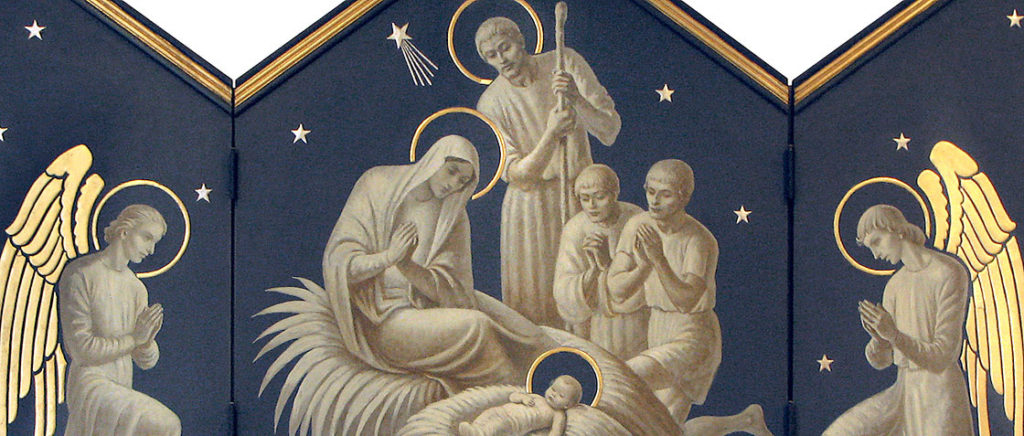
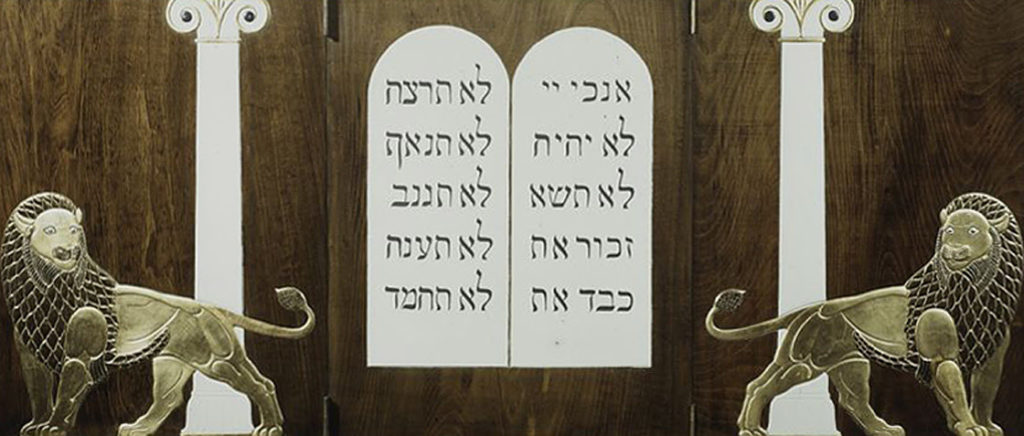




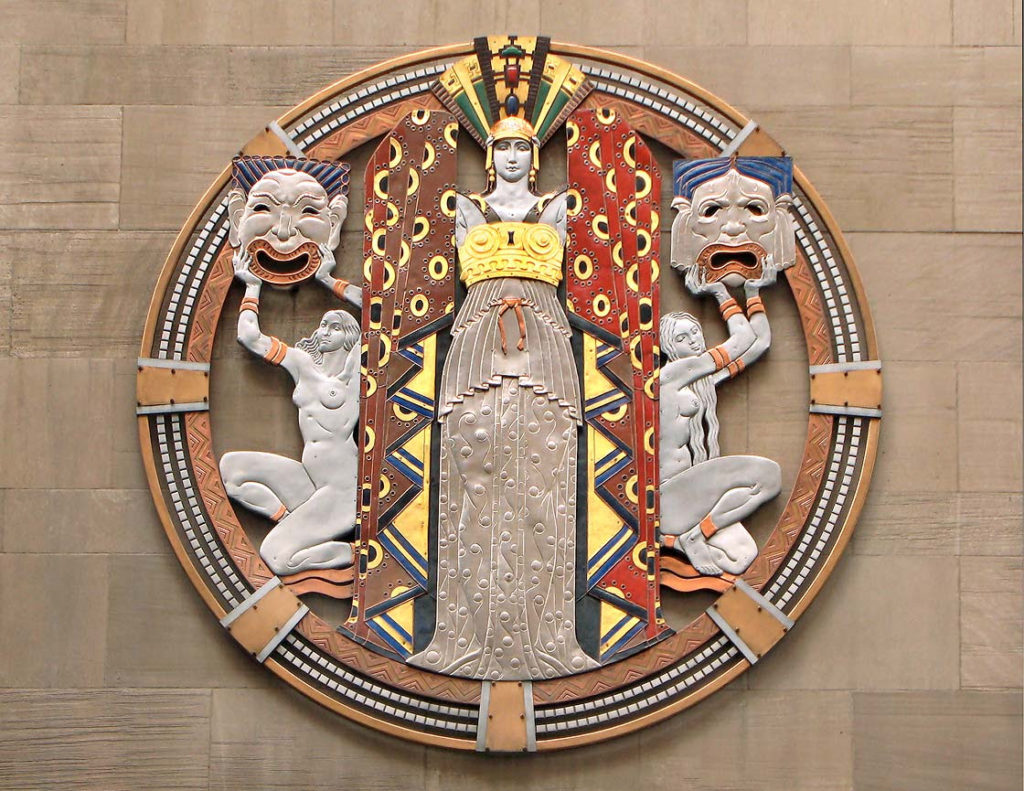

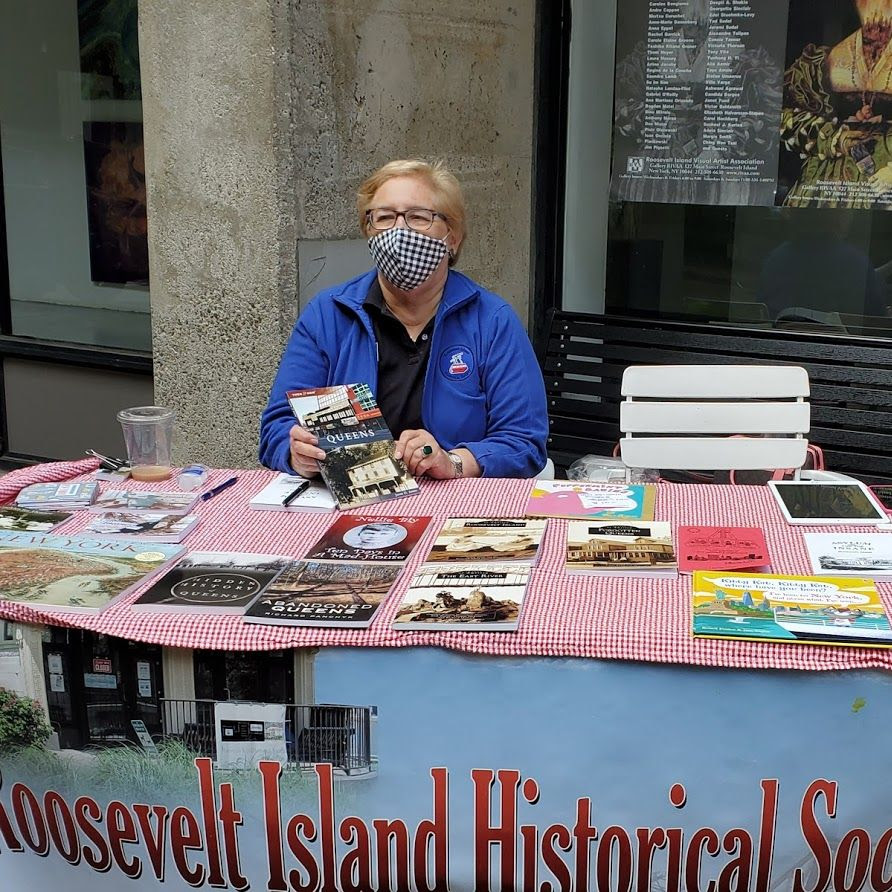
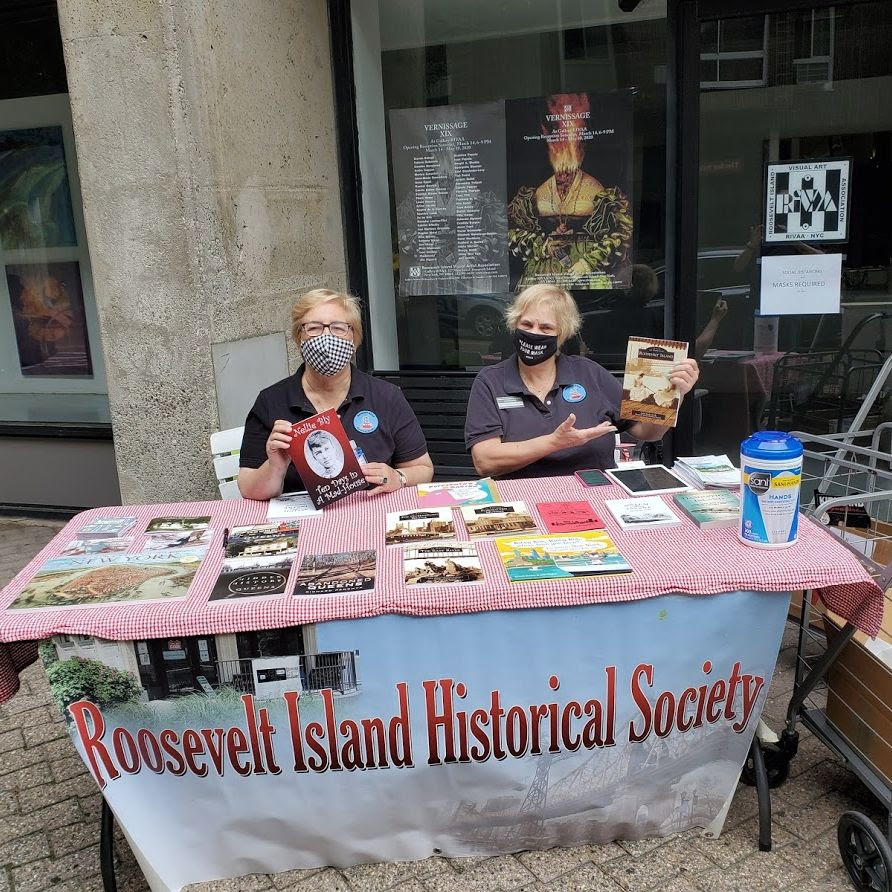
Leave a comment